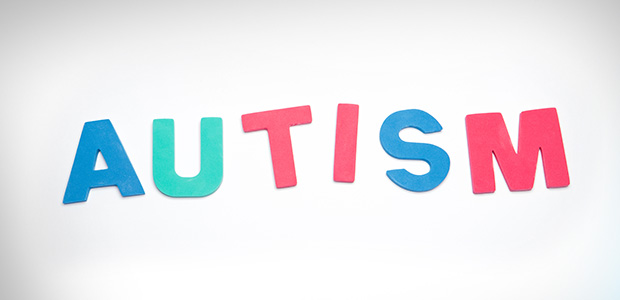Autism is often thought of as a jigsaw puzzle with missing pieces. This is reflected in logos of many Autism Societies – an autistic child as a piece of a jigsaw we cannot assemble yet as some pieces are missing and others are jumbled.
Fragmentation
For many autistic individuals, fragmentation of the world is not just a metaphor, it is real. Because of gestalt perception, when too much information needs to be processed simultaneously, very often children with autism are not able to ‘break’ the whole picture into conventional units and to interpret objects, people, and surroundings as constituents of a whole situation. Instead, they process ‘bits’ that happen to get their attention. Where we may see a room, an autistic person sees a door handle, a leg of the table, a coin on the floor, etc. As fragmented perception can affect all the senses, these ‘bits and pieces’ may be visual, auditory, olfactory, etc.
The perception of parts instead of wholes and utilizing only a very limited amount of available information is known as stimulus overselectivity. It results in that the autistic children often react upon parts of objects or people as being complete entities. Without perceiving separate units as integrated parts of a whole, it is impossible to interpret the situation. Everything seems to be conceptually a separate and unrelated entity.
In the state of fragmented processing, the person has a great difficulty to deal with people as not only they seem to consist of many unconnected pieces but also the movements of these ‘bits of people’ are unpredictable. The strategy to cope with the problem is to avoid people and never look at them. It does not mean that they cannot see an entire person (at perceptual level).
They seem to be unable to process the meaning of an entire person but process them bit by bit instead. As a result, the mental image of a ‘collection of bits’ is meaningless and often frightening. Fragmentation complicates the interpretation of facial expressions and body language and thus hinders or even blocks the development of non-verbal communication.
They often select for attention minor aspects of objects in the environment instead of the whole scene or person. They may look at the person and see his eye, then they shift their attention and see his ear, then his nose, his hand. The person seems to be bits of a jigsaw that do not make sense.
Fragmentation may be felt in all sensory modalities.
For example:
- Nick hears ‘bits’ of sentences that cannot be combined into a meaningful message.
- Leslie ‘sees in bits’ and his typical complains are: “Her leg disturbs me” or “The cat’s head has turned round”
- Alex (with ‘proprioceptive fragmentation’) is sure that he (like everybody else) has two foreheads and always asks his mother to kiss ‘both’ – ‘this one and that one’.
As some individuals with autism perceive everything in pieces they need time to adjust to different surroundings. As the number of objects seen by them is greater (because they see different images of one and the same object from different angles), they do not feel safe in this chaos of things and people. As a consequence of this fragmented perception autistic individuals exhibit maintenance of sameness, resistance to change, anxiety in unfamiliar places.
People with Asperger syndrome (especially women) are reported to have a very poor sense of direction. When they approach even a familiar street from an unusual direction, they do not immediately recognize it.
Perception ‘in bits’ results in that autistic individuals define people, places and things by these bits. As they process what they perceive piece by piece and not as a whole, they recognize things and people by the ‘sensory pieces’ they have stored as their definitions.
For example; they may ‘recognize’ their mother by the colour of her dress and may not recognize her if she wears a dress of different colour, or they may know people and objects by smell, sound they produce, tone of their voice, the way they move, etc.
It is difficult to identify the ‘sensory concepts’ the child has stored in his memory. However, some parents intuitively ‘know’ what might upset their child.
What can we do to help the child to identify the ‘right pieces of the jigsaw’ and put them into the right places in order to get a clear picture of his environment?
- Routine and rituals help to facilitate understanding of what is going on and what is going to happen.
- Introduce any change very slowly and always explain beforehand what and why is going differently.
- Structure and routines make the environment predictable and easier to control.










